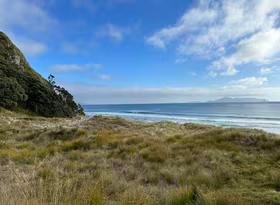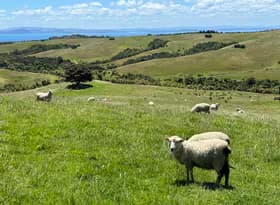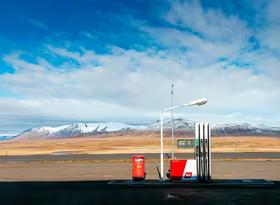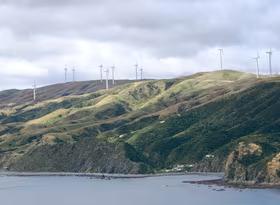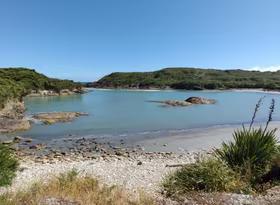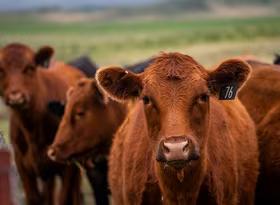Assessing China’s importance to regional New Zealand
Over the last month there have been a range of concerns raised about the diplomatic relationship between New Zealand and China, with the announcement that the 2019 China-New Zealand Year of Tourism launch event has been postponed and government decisions being critical of China setting a foundation for worry.
The concerns around the state of the New Zealand-China relationship highlight China’s importance as New Zealand’s largest trading partner. But which parts of the New Zealand economy are most reliant on Chinese trade, and which regions could be hit hardest by any flare-ups between New Zealand and China?
Trade between China and New Zealand in 2018 made up 22% of New Zealand’s two-way trade. This result makes China our largest trading partner, eight percentage points larger than Australia, our second-largest partner.
Exports to China are dominated by our primary sector, namely dairy, wood, and meat. In 2018, dairy exports to China topped $4.5b, making up 30% of New Zealand dairy exports. Forestry products earned $3.2b in 2018 from China, comprising 49% of New Zealand’s total forestry exports. And meat exports to China provided $2.1b last year, with China leaping above Australia to become our largest meat export market.
Dairy is one of New Zealand’s top export earners and activity is highly concentrated in pockets throughout New Zealand. The top ten territorial authorities for dairy exports make up around 65% of total dairy exports. Westland District is the most reliant on dairy exports, with 83% of export earnings estimated to come from dairy (see Graph 1).
Graph 1
Most of the other areas in the top ten are well-known dairy areas, including Selwyn, South Taranaki, and South Waikato. The economies in these areas are most at risk of any change in Chinese demand.
With half of New Zealand’s forestry exports headed to China, areas with a significant forestry presence are exposed to changes in Chinese demand. Forestry exports are estimated to be concentrated more in the North Island, with 94% of Kawerau’s estimated exports made up of forestry products (see Graph 2). Even though Kawerau’s dependence on forestry is due to the presence of the Tasman pulp and paper mill in the town, the area still generates an estimated 6.6% of New Zealand’s total forestry exports.
Graph 2
The top ten areas most reliant on forestry make up 40% of total estimated forestry exports.
Meat exports in the top ten areas throughout New Zealand accounted for an estimated 30% of total meat exports in 2018. Waitomo was the district most reliant on meat exports, with an estimated 83% of total exports in the area being meat (see Graph 3).
Graph 3
Unsurprisingly, the central North Island appears to have a strong reliance on meat exports.
China has become New Zealand’s second largest tourism market after Australia, with nearly half a million tourists from China arriving in New Zealand during 2018. These visitors made up around 12% of New Zealand’s total tourism arrivals in 2018, behind only Australia’s 39% of our tourism total.
Graph 4
Chinese tourists have more than quadrupled over the last decade, increasing from 102,000 in 2009 to the 450,000 in the last year. As a share of total tourism arrivals, China has increased from 4.3% to 12%.
Total tourism spending by Chinese tourists was estimated at $1.7b in 2018, up from $394m in 2009 – a 343% increase. As a share of total tourism spending, Chinese tourism spending has risen from 5.4% in 2009 to 15% in 2018.
Of this $1.7b spent by Chinese tourists in 2018, 54% occurred in Auckland, followed by 17% in Otago and 13% in Canterbury (see Graph 5).
Graph 5
New Zealand’s exports in 2018 are built on a foundation of trade with China. The regions and territorial authorities with a high concentration of primary exports are particularly reliant on China
These trade ties create potential opportunities as the Chines economy continues to grow and develop, leading to higher average income in one of the world’s largest markets. But recent events highlight the importance of New Zealand maintaining a diversified trade strategy as well and continuing to seek out new options elsewhere particularly in Asia.
New Zealand’s ongoing positive relationship with China is essential to broader economic success for this country. So, if there are issues in the New Zealand-China relationship, we’ll need to work them out, and quickly.
Disclosure: Brad Olsen is a member of the Asia New Zealand Leadership Network.







